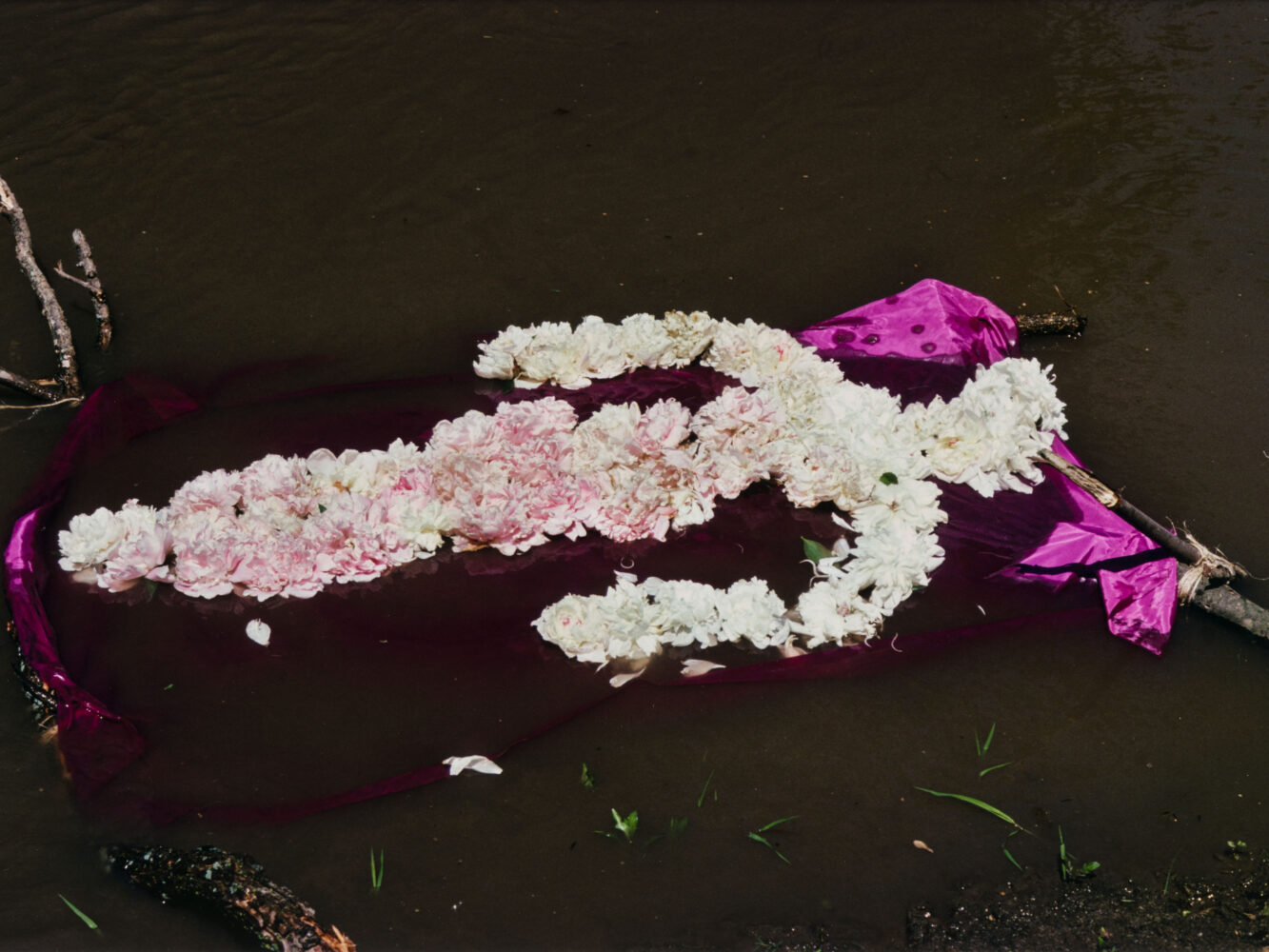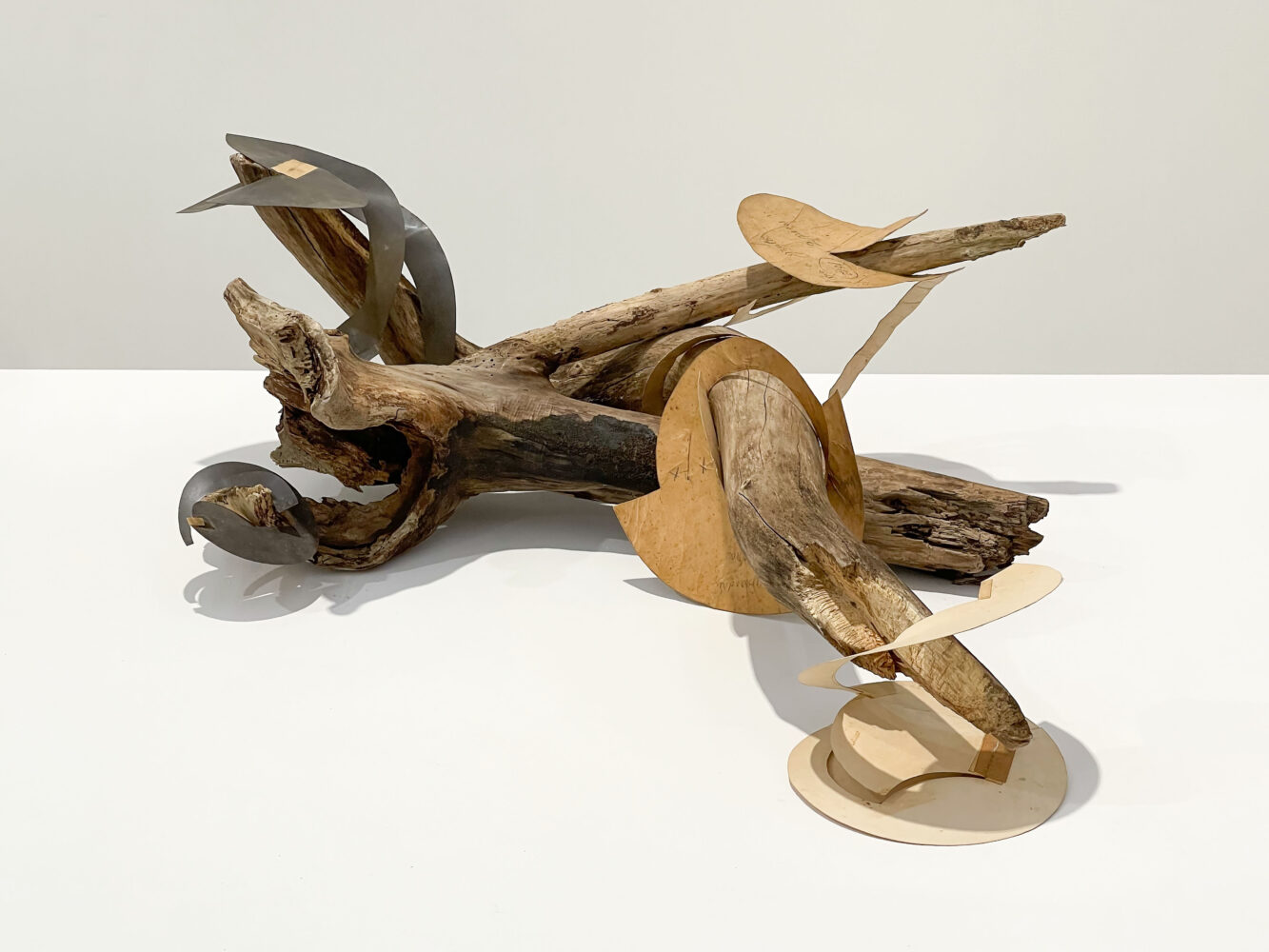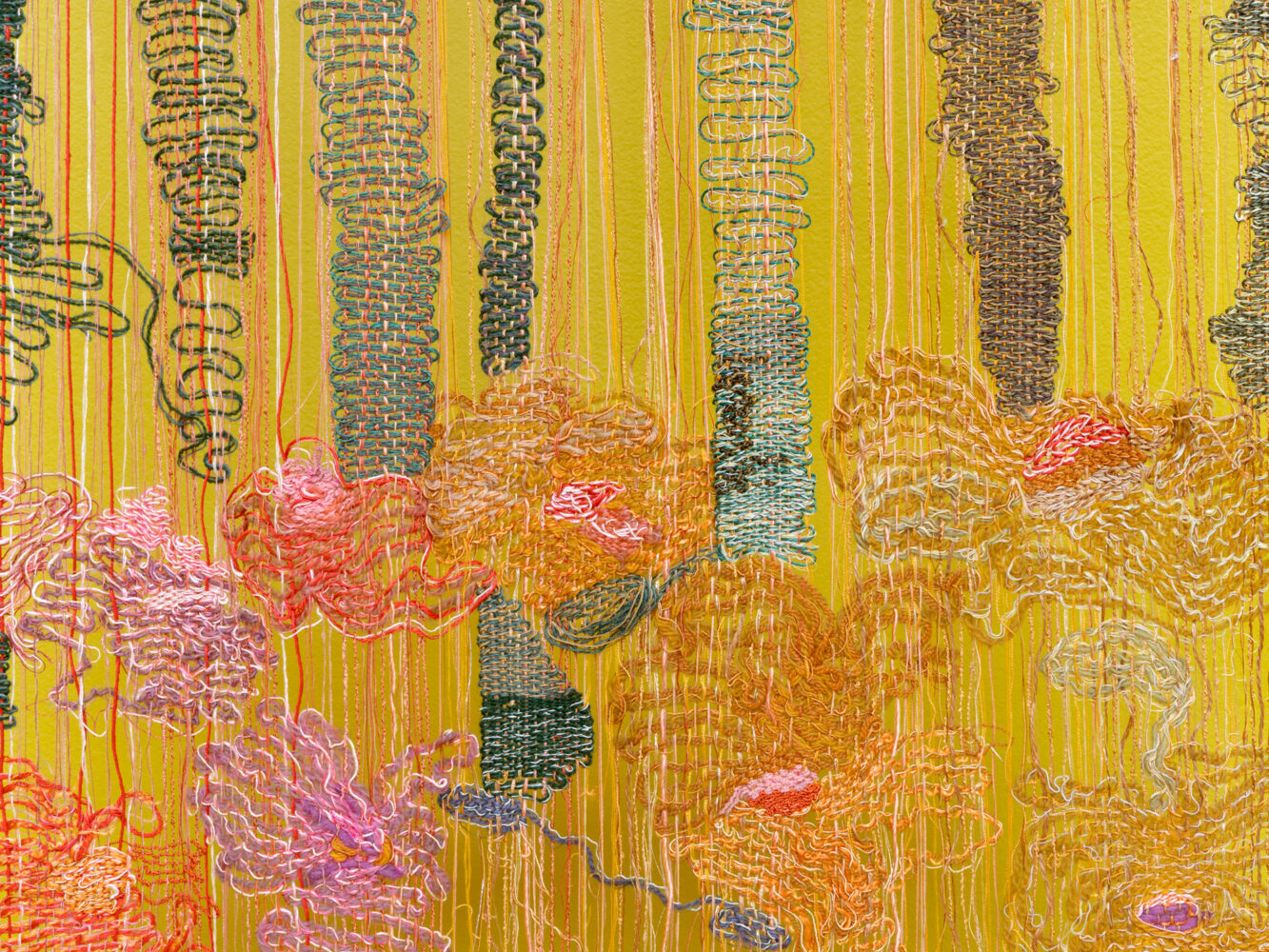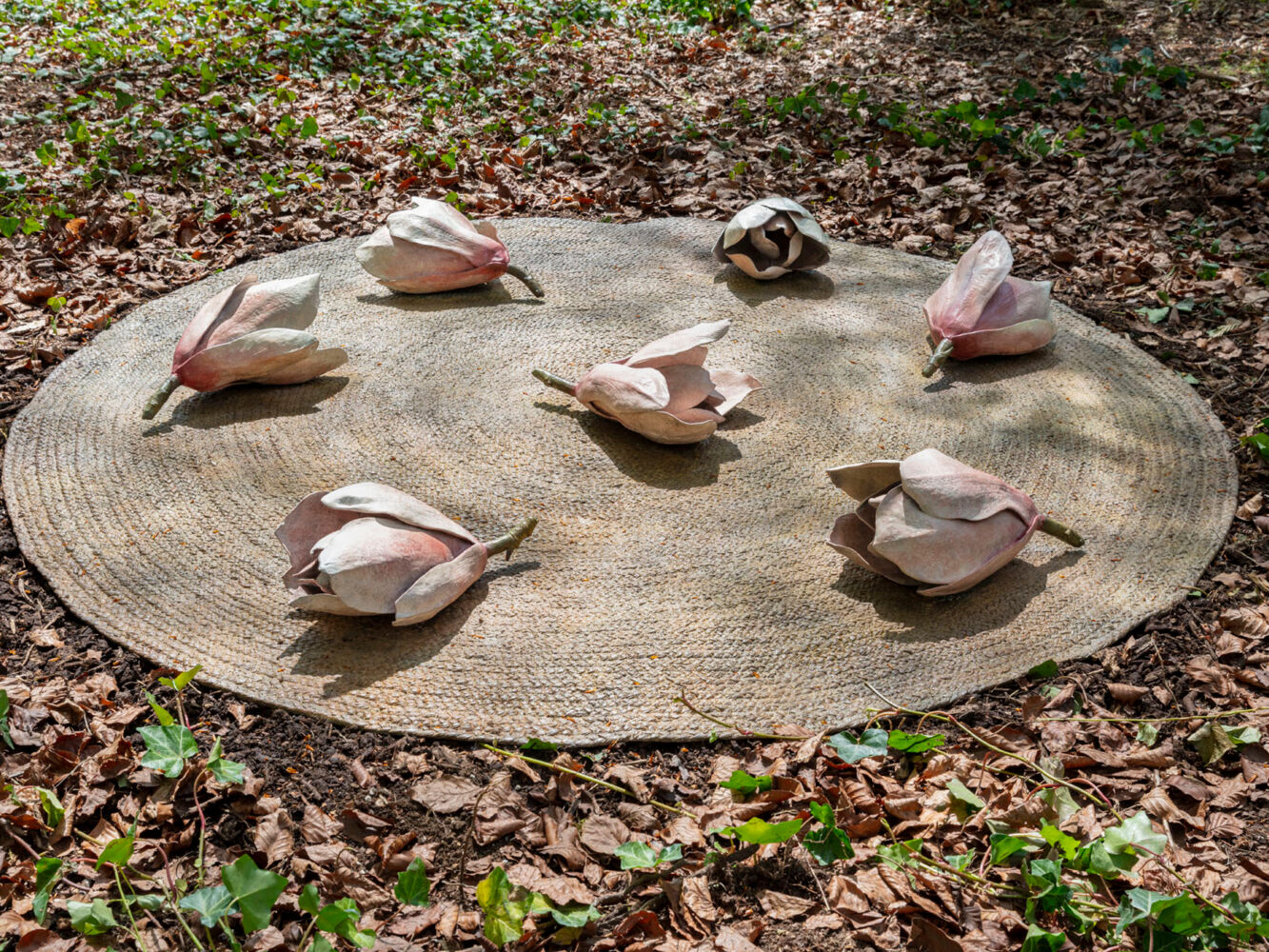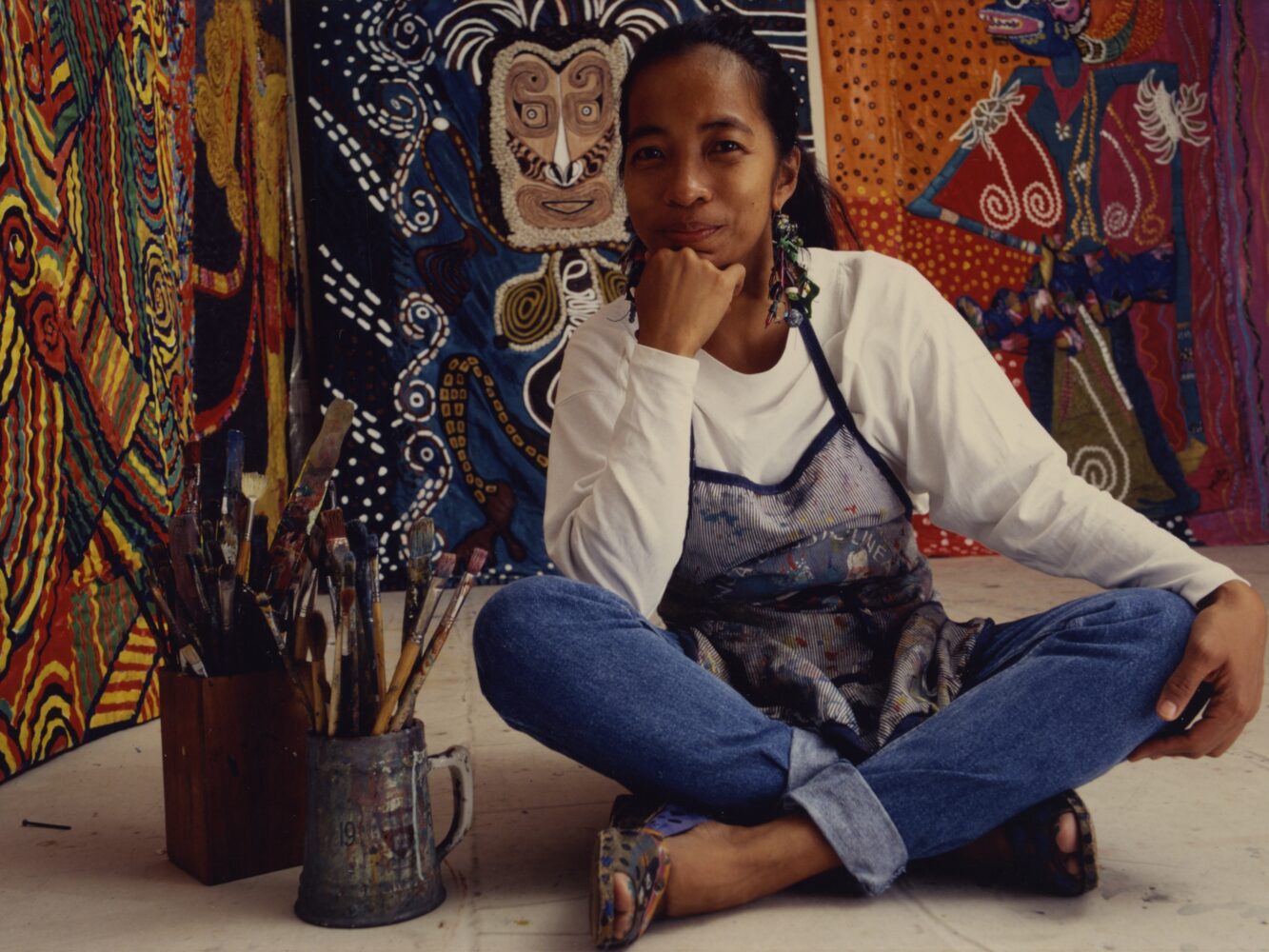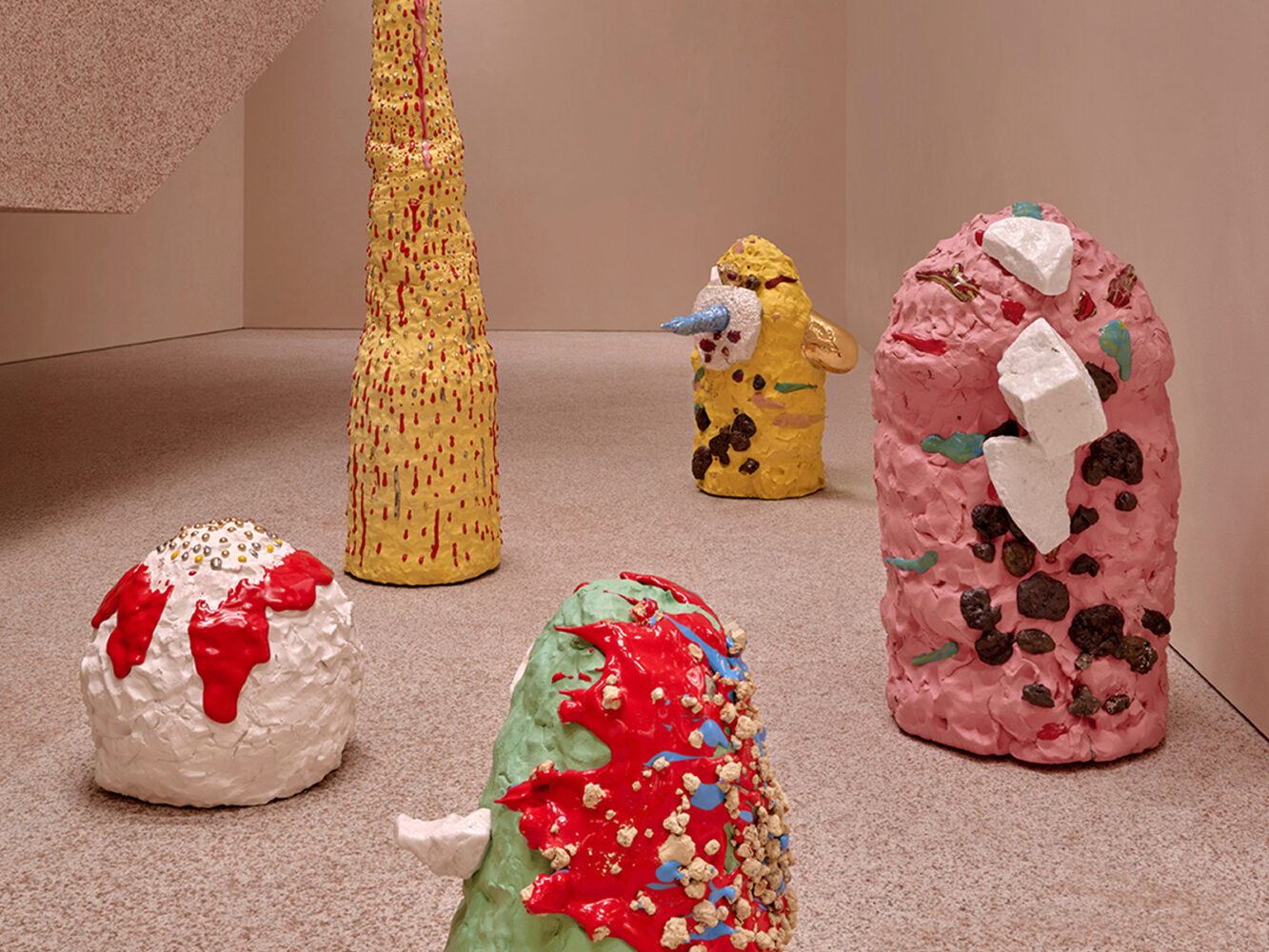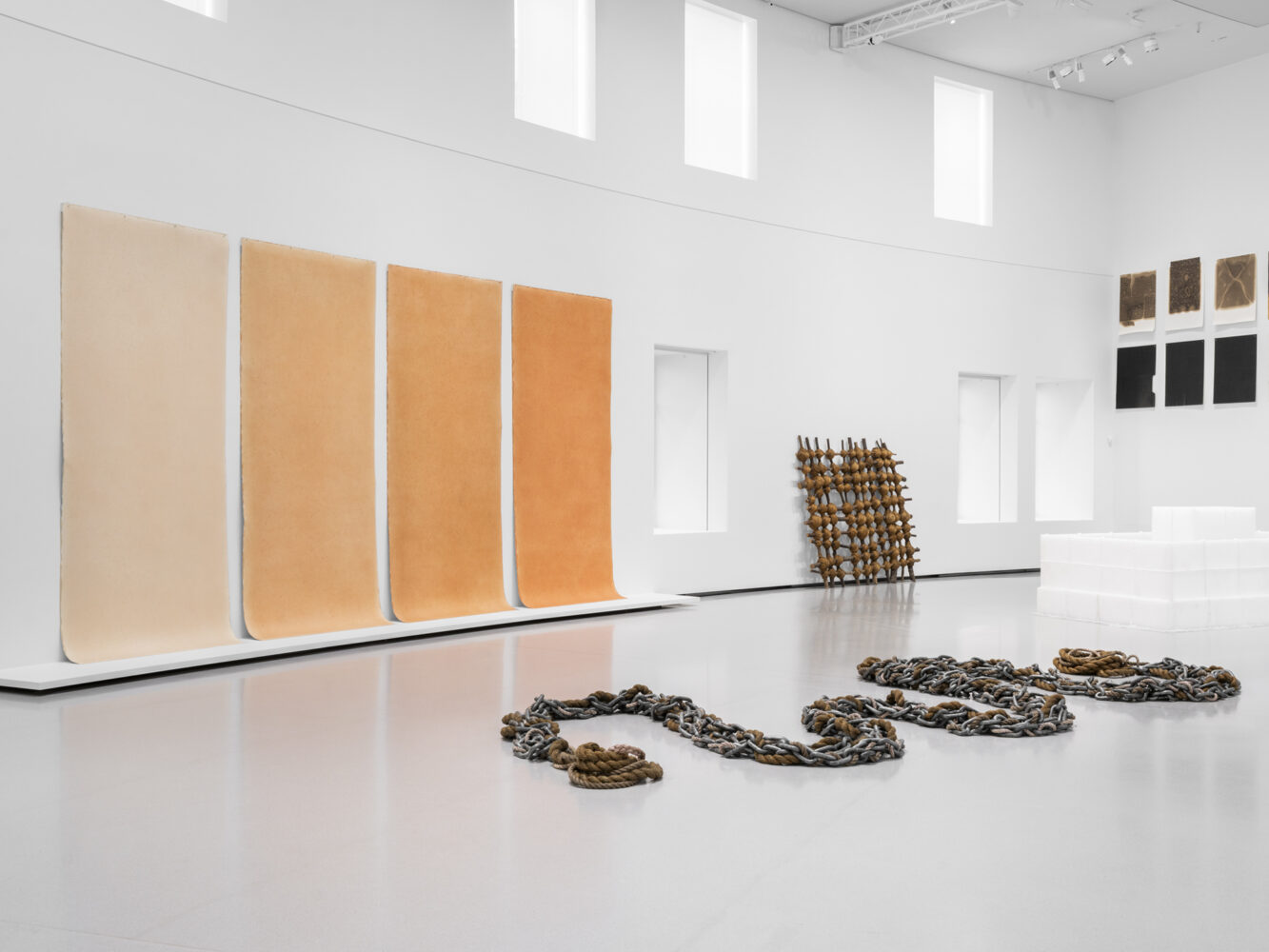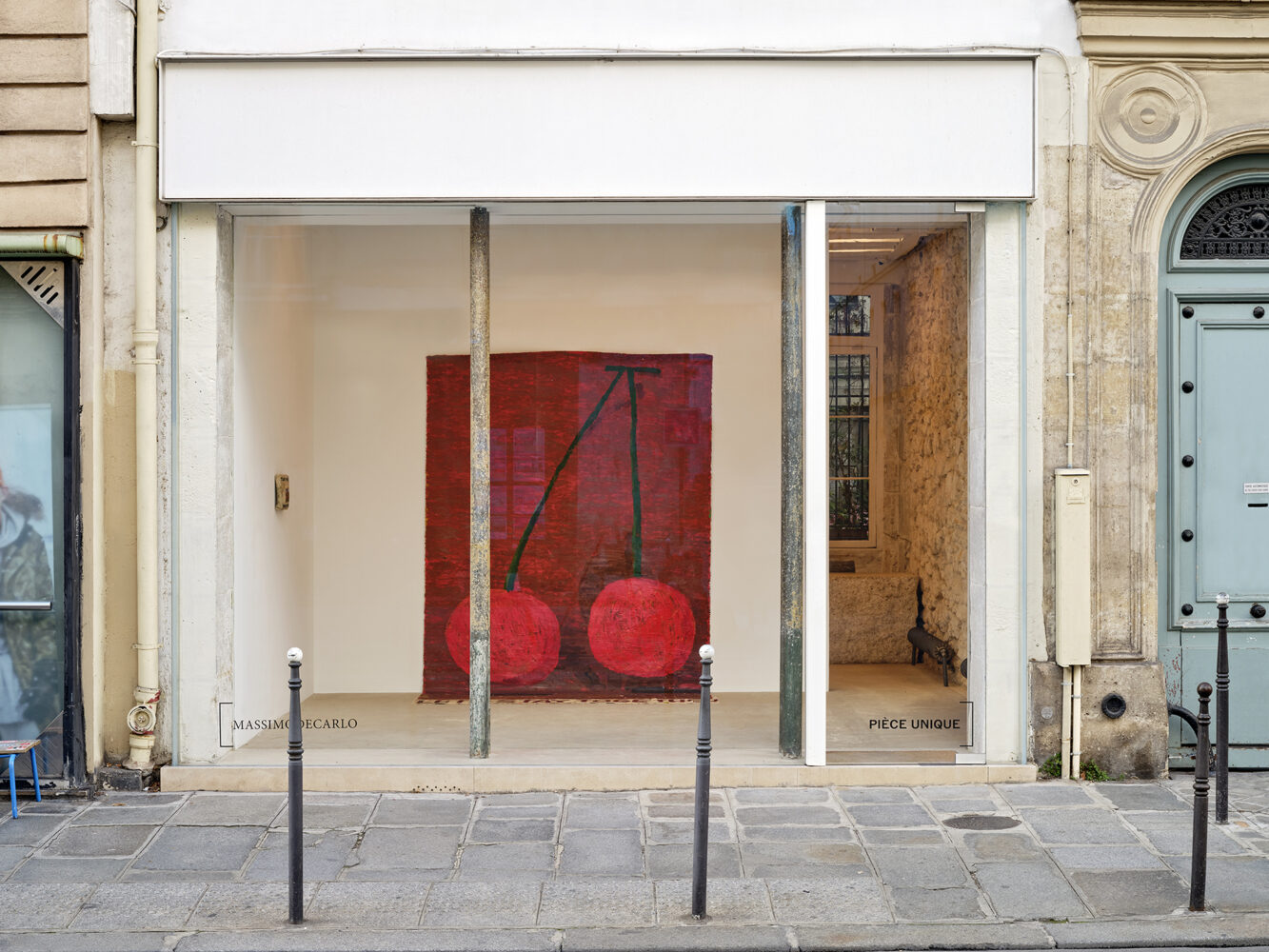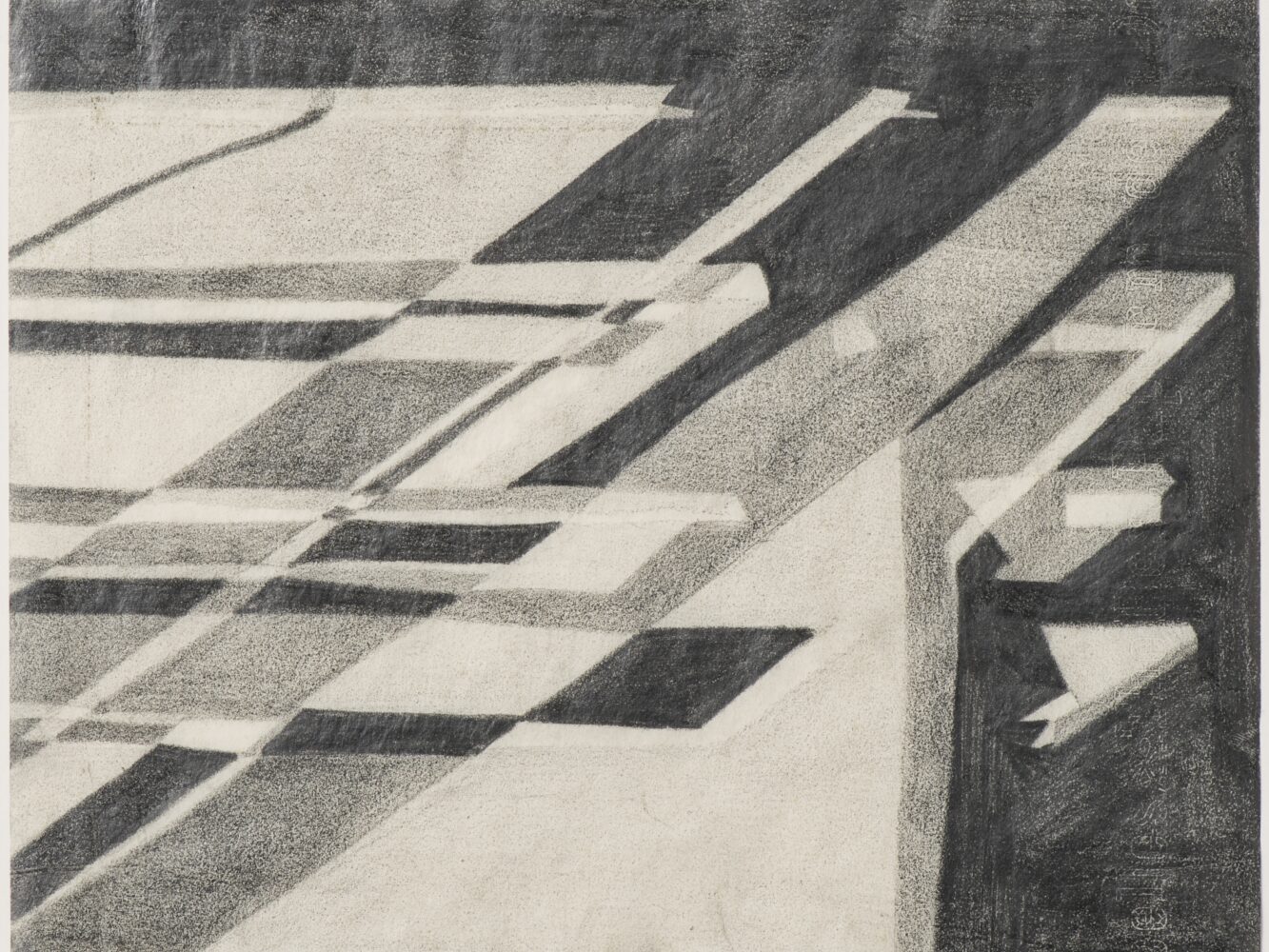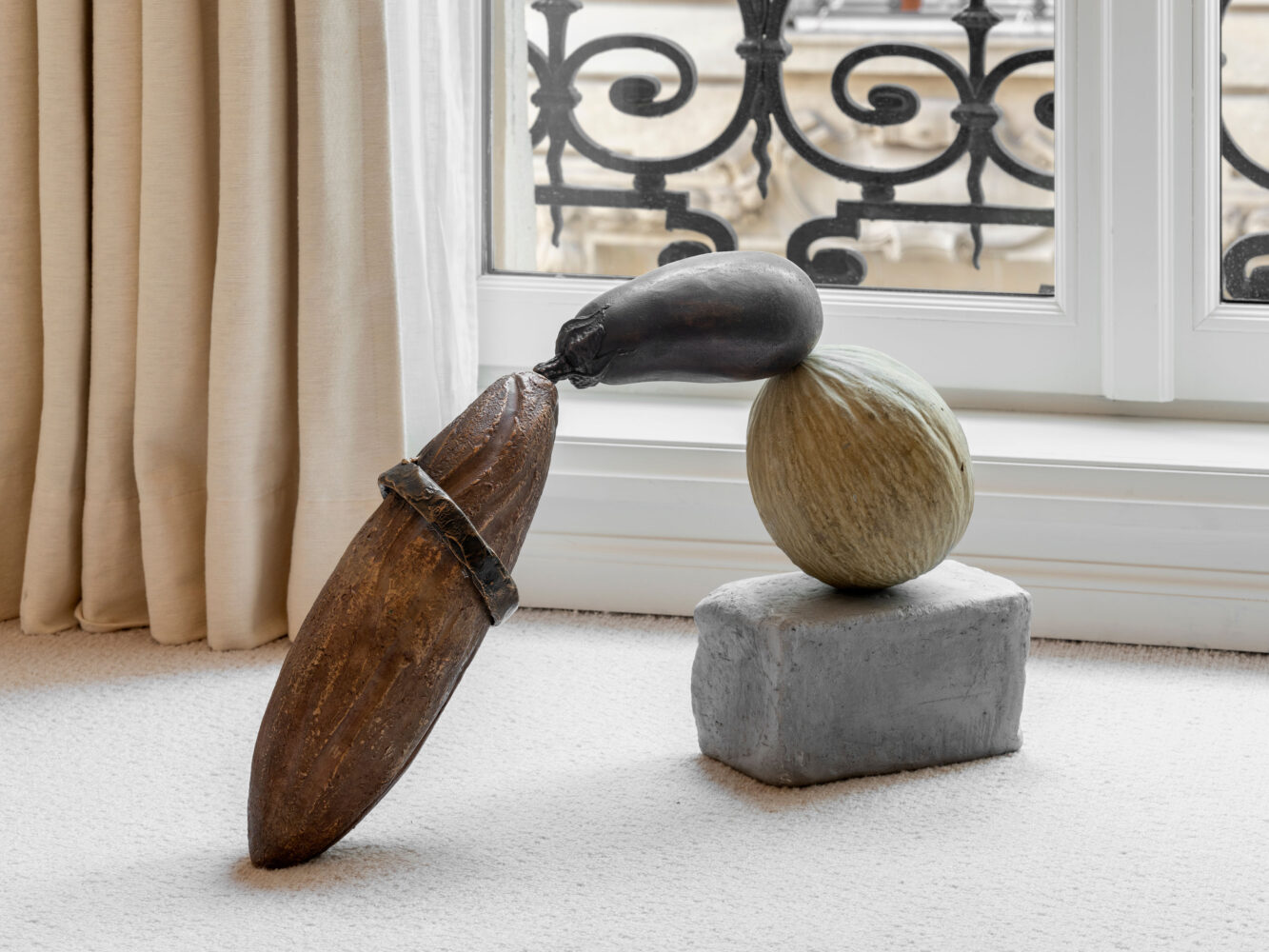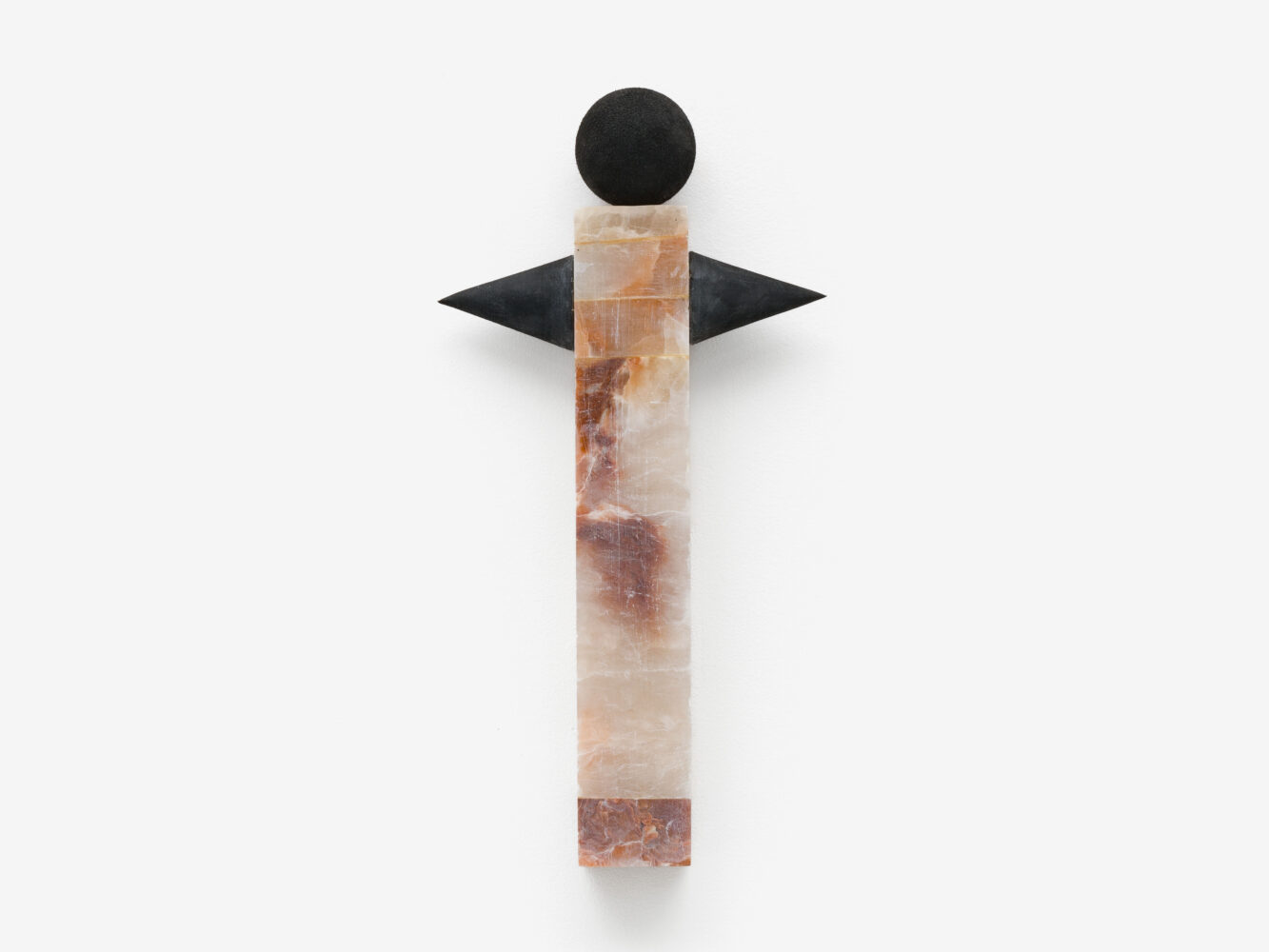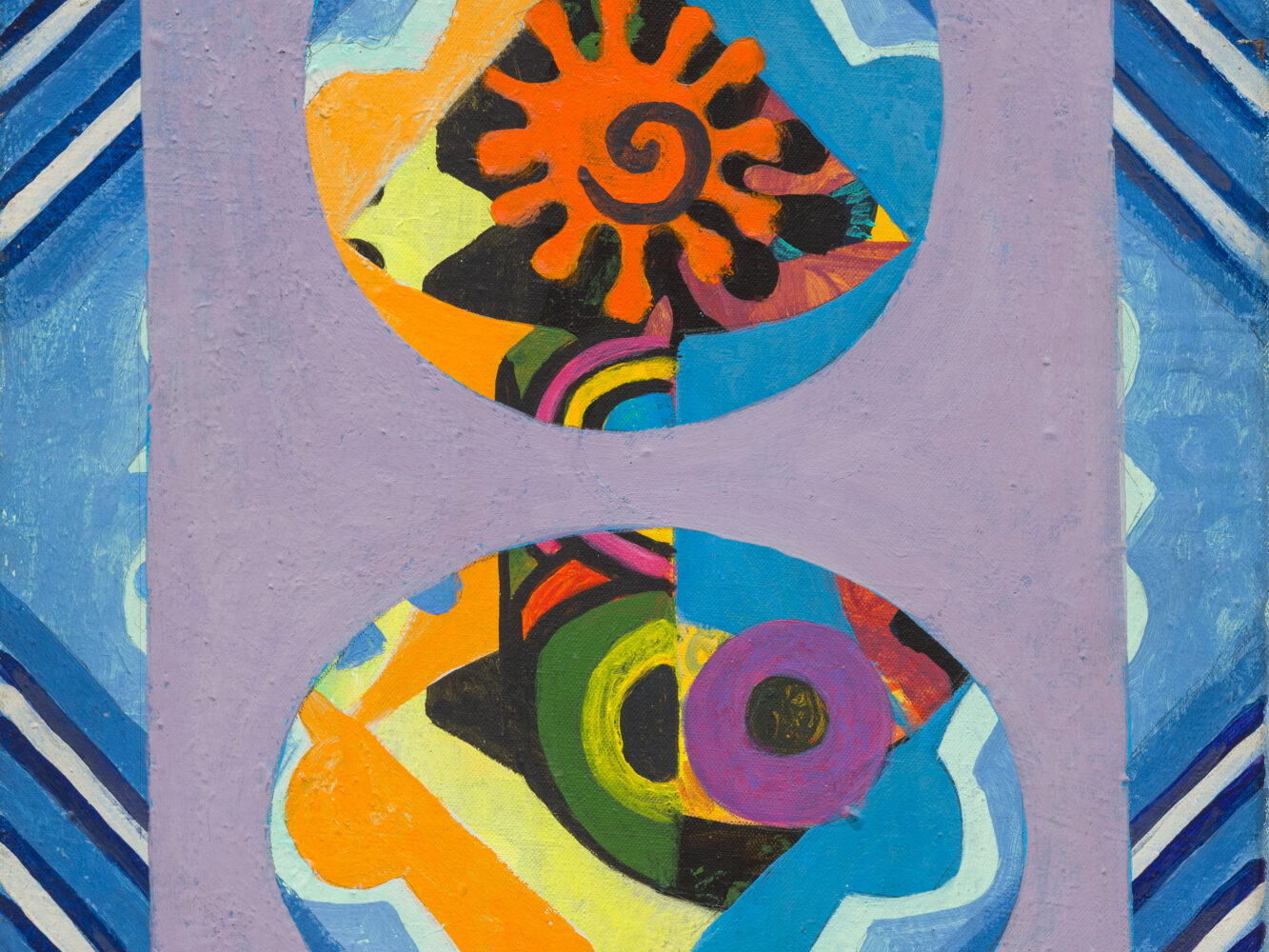Announcing Representation of Maeve Gilmore
The artist’s inaugural exhibition will open 21 March and continue to 3 May 2025
26 February 2025
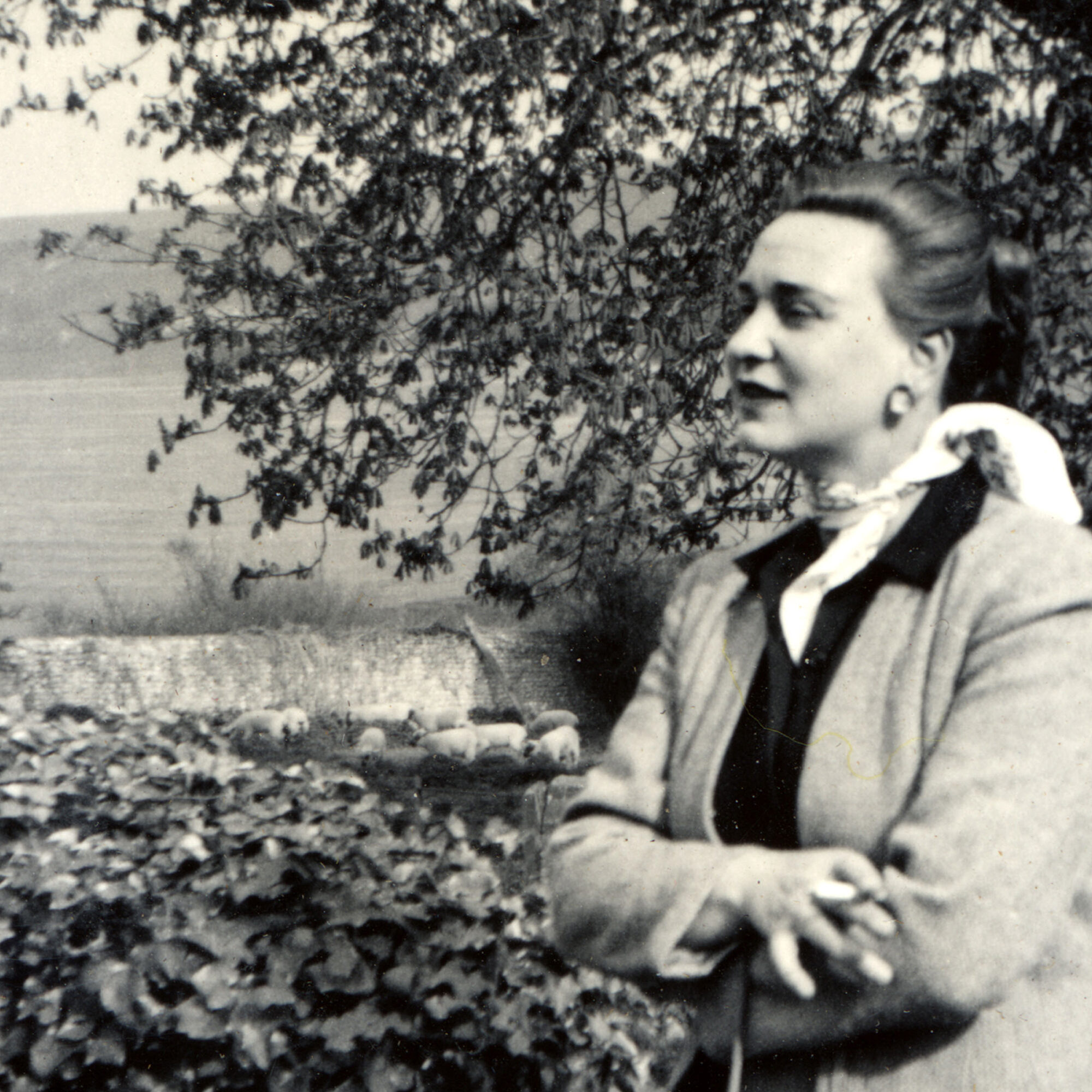
Alison Jacques announces representation of the Estate of British artist Maeve Gilmore (b.1917; d.1983). Following Gilmore’s first institutional show at Studio Voltaire, London in 2022, Alison Jacques will present a solo exhibition of Gilmore’s work from 21 March until 3 May 2025.
Gilmore’s carefully constructed interior world, replete with Surrealist imagery and centred on portraits of family, situates domestic scenes centre-stage. ‘I always seem to have been able to paint when there is intense life surrounding me,’ Gilmore wrote in 1968. Her paintings ‘made alone and imperatively,’ reflect a romantic life, punctuated by war and illness, and equally as devoted to art-making as it was to home-making.
As women’s roles in the Surrealist movement and beyond have been the subject of renewed interest, Gilmore’s work has been compared to that of Dorothea Tanning, Leonora Carrington, Eileen Agar, Itlhell Colquhoun and Vanessa Bell. Critic Lucy Scholes writes, ‘While the images are always drawn from real life, Gilmore uses carefully chosen objects with symbolic effect to achieve an atmosphere not quite of this world. But her surrealism is more grounded in the domestic than anything either Tanning or Carrington painted. It’s her richest subject, and the site in which she appears to have been most comfortable.’
Gilmore’s paintings reflect the selfless care and love with which she lived her life. Though she is now considered one of the twentieth century’s ‘known unknowns’, for her, there was never a contradiction between womanly domesticity and a lifelong commitment to the arts.
‘I have never been able to divorce myself aesthetically, to decide between life and painting,’ Gilmore wrote. ‘My mainspring has always been the heart and not the head’. Gilmore’s work is held in public collections, including National Portrait Gallery, London, Tate, London and The Women’s Art Collection, University of Cambridge.
